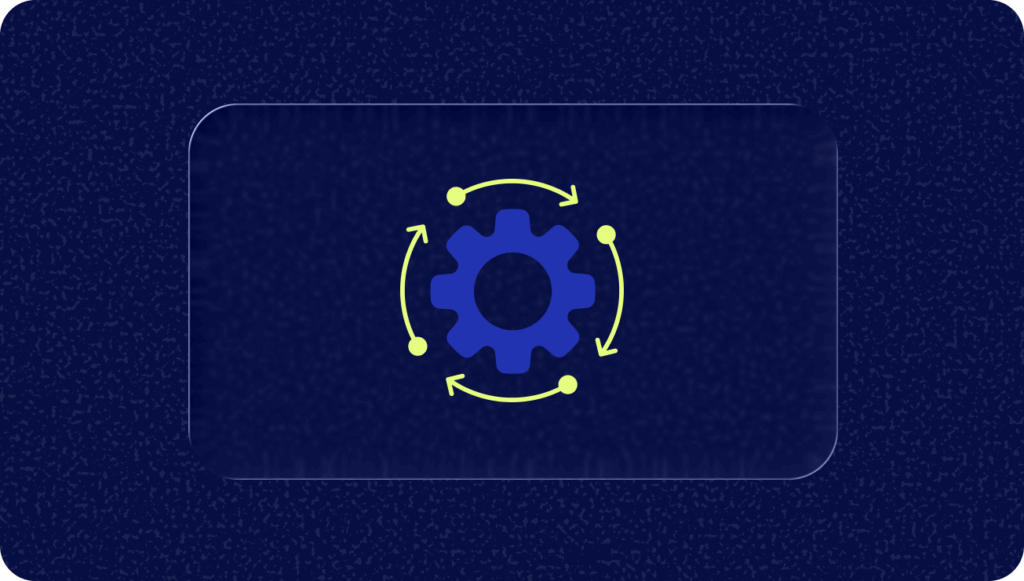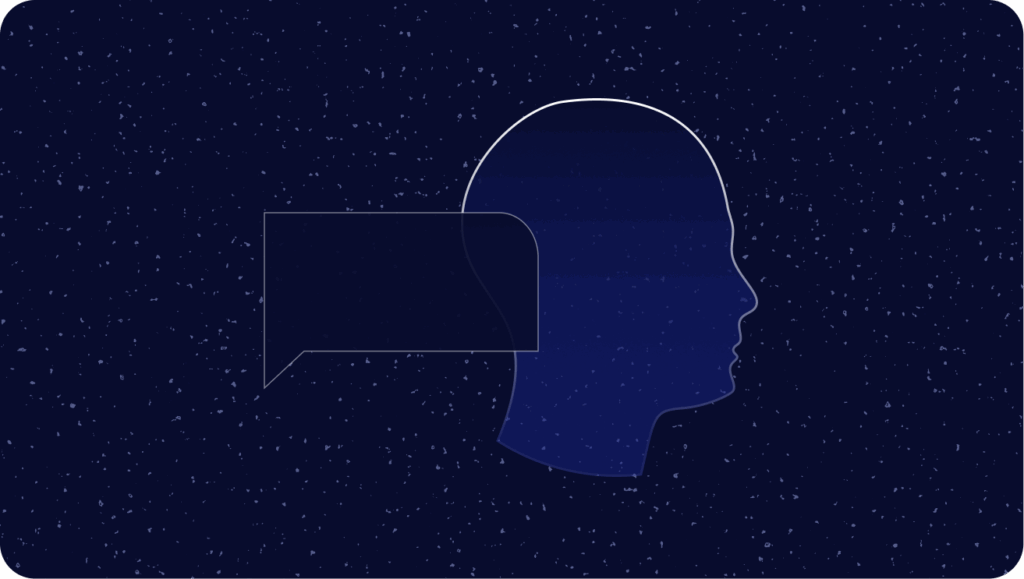IImagine a B2B SaaS provider delivering cloud storage solutions to a tech company. One day, the tech company experiences a critical data retrieval delay right before a major client presentation. They urgently contact the SaaS provider’s support team. Within minutes, the provider’s support team identifies the issue, not only resolving it swiftly but also increasing the company’s data storage limit at no additional cost for a month. They follow up by assigning a dedicated customer success manager to offer proactive, personalized support, ensuring this type of disruption is avoided in the future.
This experience does more than fix the problem. The prompt resolution and unexpected upgrade transform a stressful moment into a positive one, showing the tech company that the SaaS provider is not just a vendor but a true partner in their success. This reinforces the relationship, encouraging loyalty and likely referrals, as the tech company now sees the provider as reliable and invested in their business continuity and growth.
Many people treat customer service and experience as the same, yet customer service vs customer experience is underscored by distinct elements of a customer’s journey. Understanding this difference matters because while customer service resolves specific interactions, customer experience encompasses customers’ broader relationship with a brand.
Recognizing where these two concepts connect and diverge equips you to use both in cohesion to deepen customer loyalty and satisfaction. Read along for a detailed breakdown of customer service vs customer experience.
What is Customer Experience?
Customer experience (CX) refers to the overall journey a customer has with a brand, covering every interaction from the initial research to post-purchase support. It includes touchpoints like marketing, the purchasing process, customer service, and ongoing engagement with the brand. Customer experience is crucial as it shapes how customers perceive a company, fostering emotional connections that influence their loyalty and satisfaction. A positive customer experience is vital for building long-term customer relationships and driving brand advocacy.
A great example of CX is Ovuline, a family health benefits platform. Using Ovuline’s app, pregnant women were able to conceive faster and have intimate conversations within the app, experiencing a supportive and intimate experience in their family planning journey. This personalized engagement became Ovuline’s competitive edge, showcasing true empathy in a customer’s personal journey.
What is Customer Service?
Customer service (CS) refers to customer support before, during, and after purchasing a product or service. It involves direct interactions between the company and its customers, aiming to answer inquiries, solve issues, and provide guidance. Effective customer service is essential in building customer satisfaction, loyalty, and retention to ensure customers feel valued and supported throughout their journey. Businesses can improve customer experience and strengthen long-term relationships by focusing on personalized service and efficient communication.
Take for example Zynga, a major player in the mobile gaming industry. Before 2015, players had to leave the game to access support, which disrupted their experience and sometimes led to them not returning. Recognizing the importance of uninterrupted gameplay, Zynga revamped its support system to allow players to access assistance within the app, streamlining the process. This seamless, personalized support approach doubled agent productivity and enabled Zynga to handle 185% more support contacts.
By prioritizing accessible, individualized interactions, Zynga strengthened customer satisfaction and loyalty.
So, What is the Difference Between Customer Service and Customer Experience?
Customer services is a part of the customer experience umbrella. While customer service addresses individual needs at the moment, customer experience considers the holistic impression a customer forms over time.
Within this broader framework are various other differentiators to build on customer experience vs. customer service, which we’ve mentioned below.
| Aspect | Customer Experience (CX) | Customer Service (CS) |
|---|---|---|
| Scope of Interaction | All-encompassing – covers the entire customer journey. | Event-specific – focuses on individual interactions. |
| Example | A customer discovering a brand through ads, browsing a website, and interacting with sales reps. | A customer seeking help to use a product or claim a warranty. |
| Approach | Proactive – anticipates and prevents issues. | Reactive – responds to customer requests. |
| Who Initiates? | The business – through journey mapping, feedback, and proactive support. | The customer – contacts the company when a problem arises. |
| Duration | Ongoing – measured across the entire relationship. | Isolated – measured per specific event. |
| Who is Responsible? | All departments – marketing, sales, product, and support teams. | Primarily the customer support team. |
| Example of Responsibility | A seamless buying and onboarding experience managed across teams. | A support ticket handled by a dedicated customer support team. |
| Key Tools | CRM software, A/B testing tools, dynamic recommendations. | Chatbots, knowledge bases, multi-channel support portals. |
Holistic experience vs specific interaction
One key difference in this comparison of customer service vs customer experience lies in the scope of interactions and the duration of engagement.
Customer experience
Scope of interaction – All-encompassing
Customer experience covers a customer’s full journey with a brand, from the initial discovery phase and first purchase to post-purchase support and, ideally, ongoing loyalty.
Every customer’s path may look different, but each involves multiple interactions with the brand, making the customer experience inherently holistic. This journey is multifaceted, involving numerous touchpoints requiring collaboration across various departments to create a positive experience.
Example: If a customer discovers a brand through an online ad, browses products on the website, and later speaks with a friendly sales representative, they engage with multiple stages of the customer journey. This customer experience is influenced by the “three Ps”: people, process, and product. Helpful staff, a seamless website experience, and an intuitive product contribute to a positive brand perception. Unlike a single support interaction, customer experience is an ongoing journey shaped by various touch points across departments, fostering loyalty over time.
Customer service
Scope of interaction – Event specific
On the other hand, customer service is a specific interaction in a customer’s journey. Customer service aims to address and resolve immediate issues, improving the customer’s overall experience.
While some customers may not need to engage with customer service at all, others may require assistance multiple times. Typically, it involves fewer touchpoints and focuses on direct support through customer-facing roles, making it a targeted and specific part of the customer journey.
Example: If a user has a query on how to use a product or answers inquiries like steps to claim the warranty, etc., customer service is the support given to customers when they have questions or problems with a product or service. Unlike customer experience, customer service is a single interaction, often handled by customer-facing departments or through AI or chatbots.
Proactive vs reactive
Another crucial distinction in customer service vs customer experience is how each is initiated and who drives the process—the customer or the business.
Customer experience
Who initiates – the business
Customer experience is all about being proactive, anticipating and fulfilling customer needs before issues arise. Through tools like customer journey mapping, funnel analysis, and feedback collection, companies work proactively to smooth the brand experience and prevent potential problems.
This forward-looking approach may even guide customers toward support channels, such as FAQs and self-service knowledgebase, ensuring a seamless experience when necessary. In this way, customer experience takes a proactive stance, aiming to prevent issues rather than simply respond.
Customer service
Who initiates – the customer
Customer service is reactive and focuses on solving problems when they arise. When customers encounter a problem, they contact the business for assistance, making this a reactive process. Customer service teams respond to these direct inquiries through specific touchpoints, such as emails, phone calls, or chatbots, to resolve issues quickly and effectively to restore customer satisfaction.
Ongoing relationship vs isolated event
Another difference between customer service and customer experience is how each is measured and their continuity.
Customer experience
Measured over – the entire relationship
Customer experience reflects the customer’s overall, ongoing relationship with a brand. It isn’t confined to a single interaction and is built gradually across multiple touchpoints. This relationship grows each time a customer engages with the brand, evolving over time.
Because it’s an ongoing journey, customer experience is harder to quantify as a single metric but is crucial for fostering loyalty and repeat business.
Customer service
Measured over – a specific event
On the other hand, customer service is a distinct and isolated event. It represents a specific interaction—such as when a customer reaches out for support or to complain. As an isolated occurrence, customer service can be tracked with metrics like first-contact resolution rate and average response time. You may use customer service benchmarking to measure your customer service performance in terms of efficiency, effectiveness, and success rate.
This focus on measurable outcomes makes customer service an isolated event within the broader customer journey.
In-whole vs In-hand
Another distinction between customer service and customer experience lies in who is responsible for each within the organization.
Customer experience
Who is responsible – all departments of the business
Customer experience is a “whole” company effort. It’s a shared responsibility that spans the entire organization. Every team — from marketing and sales to product development — plays a role in shaping the customer’s experience, working together to ensure a seamless journey across all touchpoints.
Example: Suppose a customer is in the “purchase phase,” the sales team takes over to guide them through the buying process. Once they’ve purchased, the product team ensures a smooth onboarding experience, and if they need support with a product or service, the customer service team takes it ahead. This coordinated effort across departments creates a seamless, unified experience, making each step feel connected and supportive.
Customer service
Who is responsible – customer support team
Customer service is primarily “in-hand” with the customer support team. While other employees may occasionally interact with customers, the support team — managers and agents — is directly accountable for delivering effective assistance and resolving issues efficiently.
Example: Any support ticket the customer raises must be handled by the customer support team without a doubt. For example, JamCity faced up to 90,000 monthly support tickets; though the support team is solely liable here, it overwhelmed its email-only, agent-based system. After adopting HelpShift’s mobile-first support solution, JamCity doubled its CSAT and turned customer support into a key business asset.
CX tools vs CS tools
The tools used by customer experience and customer service teams reflect their differing scopes and objectives. Let’s compare tools in customer service vs customer experience.
Customer experience tools
CX teams use tools designed to provide a strategic view across the entire customer journey. Key tools include:
- Customer Relationship Management (CRM): These systems collect, track, and analyze customer data across various channels, helping teams understand and respond to overall customer trends.
- A/B Testing Software: Working with UX teams, CX teams use these tools to test different messaging variations to determine what resonates best with customers, optimizing engagement and conversions.
- Dynamic Recommendations: These tools generate recommendations based on past purchases, creating a more personalized and relevant experience for returning customers.
Want to learn about some of the best customer experience tools to use? Read our article 12 Best Customer Experience Software in 2025.
Customer service tools
While customer service teams may benefit from some CX tools, they also rely on specific tools geared toward direct customer support:
- Self-Service Chatbots: AI-powered automated chatbots offer immediate responses to common queries, helping customers resolve issues quickly.
- Knowledge Bases: Web-based knowledge hubs provide customers with articles, FAQs, and instructional videos, allowing users to troubleshoot independently.
- Multi-Channel Support Portals: These dedicated pages give customers multiple contact options, including live chat, phone, and email, to reach support agents directly.
- Customer service automation tools: Automated emails or texts can follow up on recent purchases or inquiries, providing additional tips or assistance to boost product use and satisfaction.
Wondering which customer service should your organization equip your support team with? Decide after reading our Complete Guide to Best Customer Service Software in 2025.
Customer service vs Customer experience: Which one matters?
Understanding that customer service and customer experience are distinct yet interconnected concepts raises the question:
– Which should you prioritize in customer service vs customer experience?
The answer is both.
Each plays a unique, complementary role in building trust and loyalty, and if you are doubtful about investing in both, check these statistics:
- 74% of consumers are at least somewhat likely to buy based on experiences alone. This highlights the power of positive interactions across all brand touchpoints.
- 75% of consumers say friendly customer service makes them loyal to a brand. Customers value-helpful, personable support when they need it most.
- 49% of customers who left a brand they’d been loyal to in the past 12 months say it’s due to poor customer experience. Consistency in customer experience is essential for fostering long-term loyalty.
- 80% of companies plan to outperform competitors by simply excelling in customer experience. Prioritizing both customer experience and service helps brands stand out and drive growth.
A well-rounded customer experience strategy ensures a smooth, engaging journey at every touchpoint. However, if the entire buyer journey is an online merry-go-round, your prospects and customers will be interacting with your ads, blogs, landing pages most of the time.
And in this journey, their first human touchpoint would most likely be your customer support.
Creating an efficient customer service through self-serve, chatbots, human agents, supports this experience by resolving any issues that may arise along the way.
Successful businesses integrate customer experience and service strategies rather than focusing on one over the other. This balanced approach is key to enhancing customer satisfaction, loyalty, and, ultimately, business success.
Conclusion: Get Started with Helpshift
Delivering high-quality customer support alongside a smooth, engaging customer journey may seem challenging, but the right tools can make all the difference.
Helpshift customers have successfully transformed their support experience and improved business outcomes with comprehensive tools and powerful AI capabilities—such as Intent AI, Sentiment AI, and Conversational AI. These tools help ensure customers receive responsive and personalized assistance, regardless of time or channel.
Helpshift’s multilingual support fosters inclusivity as it:
- Breaks down language barriers with multilingual options, enhancing accessibility.
- Supports various platforms—email, SMS, web, voice, and social (e.g., WhatsApp, Facebook)—to reach customers wherever they are.
By centralizing customer service and experience management, Helpshift empowers your team to build meaningful, lasting customer relationships. Start with a 30-day free trial today and see how Helpshift can shape your customers’ journeys to win their loyalty.








